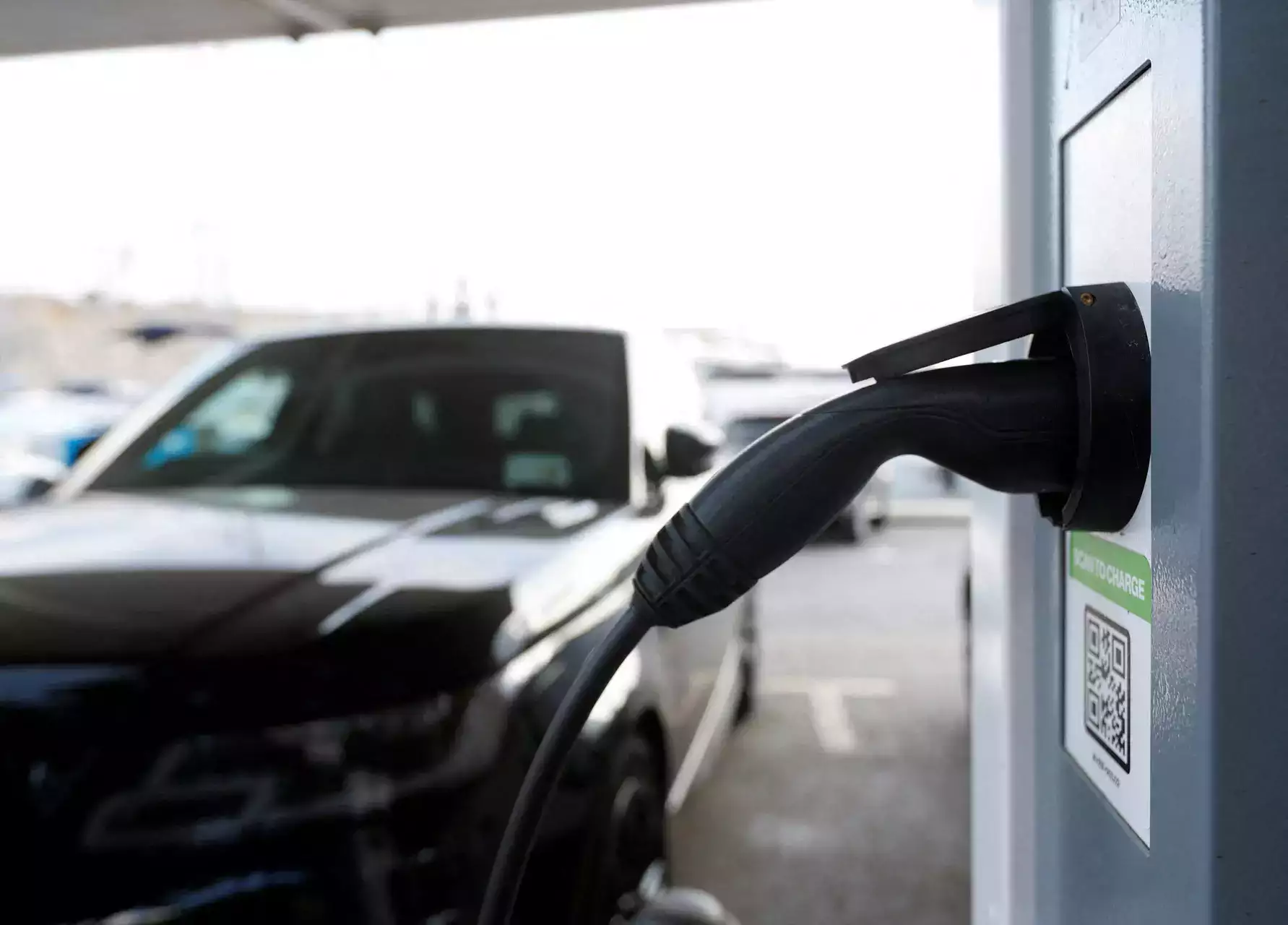
Electric two, three, and four-wheelers are expected to be supported under the Faster Adoption & Manufacturing of Electric Vehicles (FAME) scheme, which could receive a budgetary allocation of about INR 10,000 crore, people familiar with the deliberations told ET.
“Discussions are on… FAME III could be announced in the full budget,” a senior official said. The heavy industries ministry, which administers the scheme, has already sent a plan for vetting to the Prime Minister’s Office (PMO).
A final call on the proposal will be taken closer to the budget, keeping the fiscal situation in view, another official said.
The scheme was being considered as continued support for electric vehicles is needed to increase their numbers on Indian roads. “Green mobility is a key focus area for the government as part of its plan to cut dependence on carbon fuels,” the official said.
The proposed policy will mandate verification of the installed manufacturing capacity of companies seeking subsidy following instances of abuse under the earlier iterations.
The FAME scheme was launched in 2015 with an outlay of INR 5,172 crore. FAME II was announced in 2019 with INR 10,000 crore budgetary support and continued till March 31, 2024.
In the interim, the government announced the `500 crore Electric Mobility Promotion Scheme (EMPS) 2024 plan to subsidise two and three-wheelers. The EMPS scheme extended incentives of up to `10,000 per electric two-wheeler, and up to INR 50,000 per electric three-wheeler. Per unit subsidies under both these categories have been scaled down to less than half of what was being offered under FAME II.
Sops for electric four-wheelers were completely dropped under EMPS, which aimed to support sales of 333,387 electric two-wheelers and 38,828 three-wheelers.
EMPS sops were available only to companies with an established local manufacturing capacity in India. This was a deviation from FAME II, which hinged on a phased manufacturing programme (PMP) to progressively increase local EV-making capabilities.
In addition to these, the EMPS was extended only to those vehicles fitted with advanced batteries to prevent mishaps.
Disclaimer: The copyright of this article belongs to the original author. Reposting this article is solely for the purpose of information dissemination and does not constitute any investment advice. If there is any infringement, please contact us immediately. We will make corrections or deletions as necessary. Thank you.





